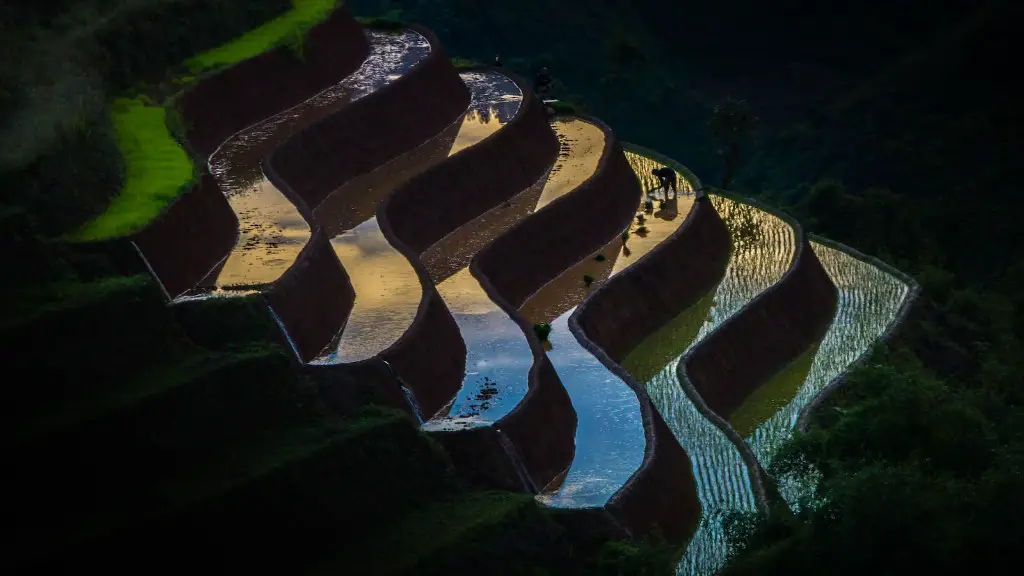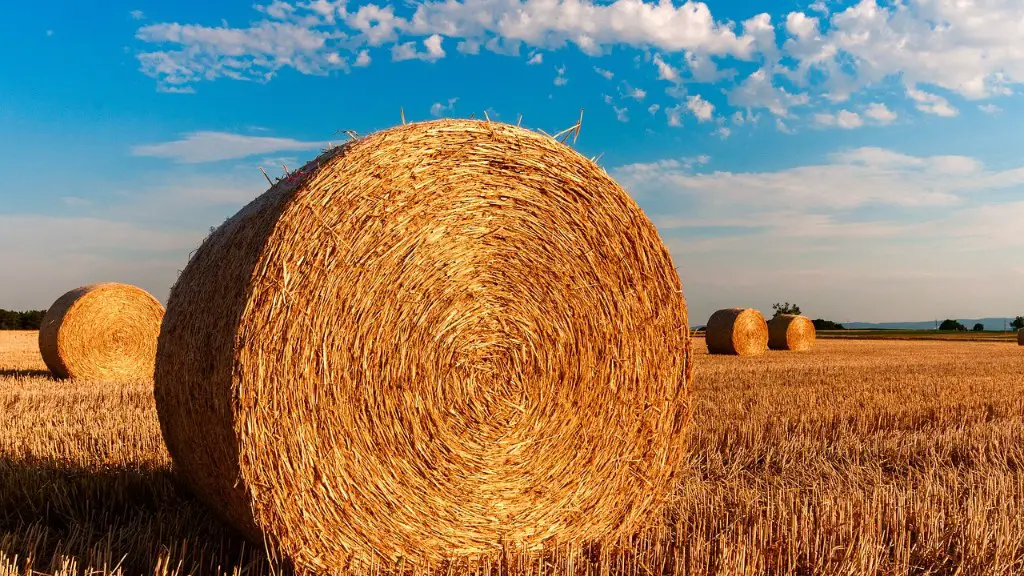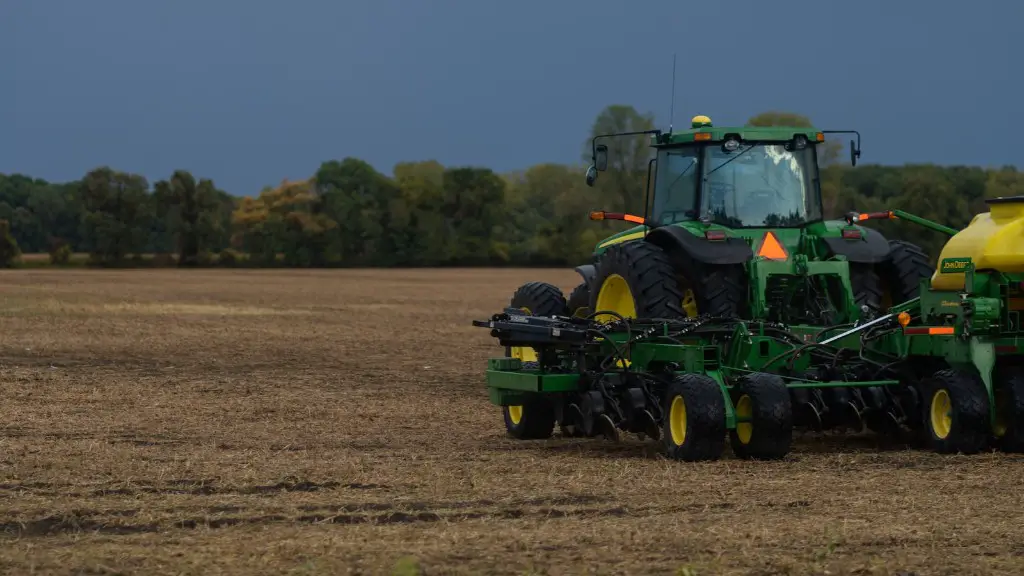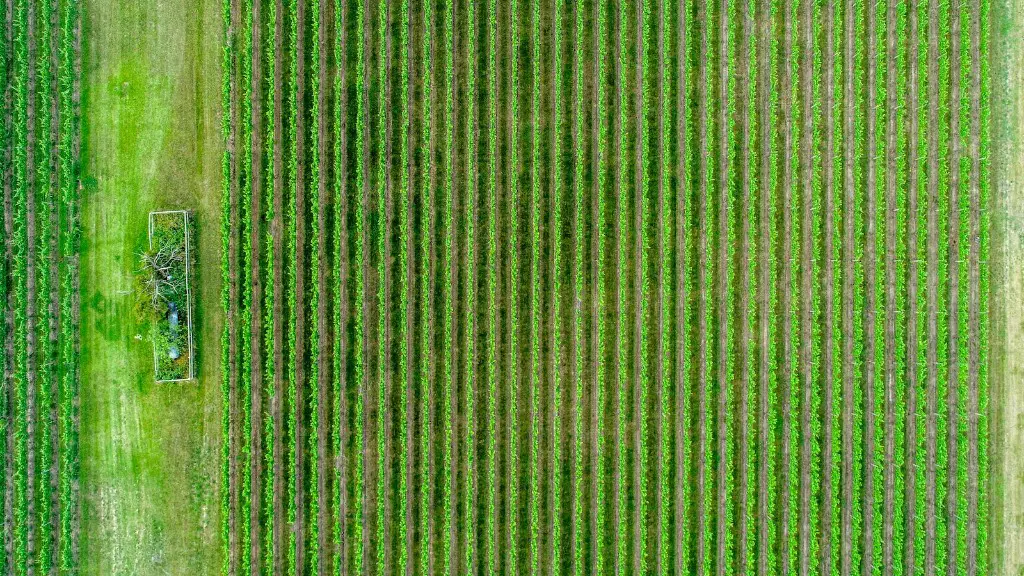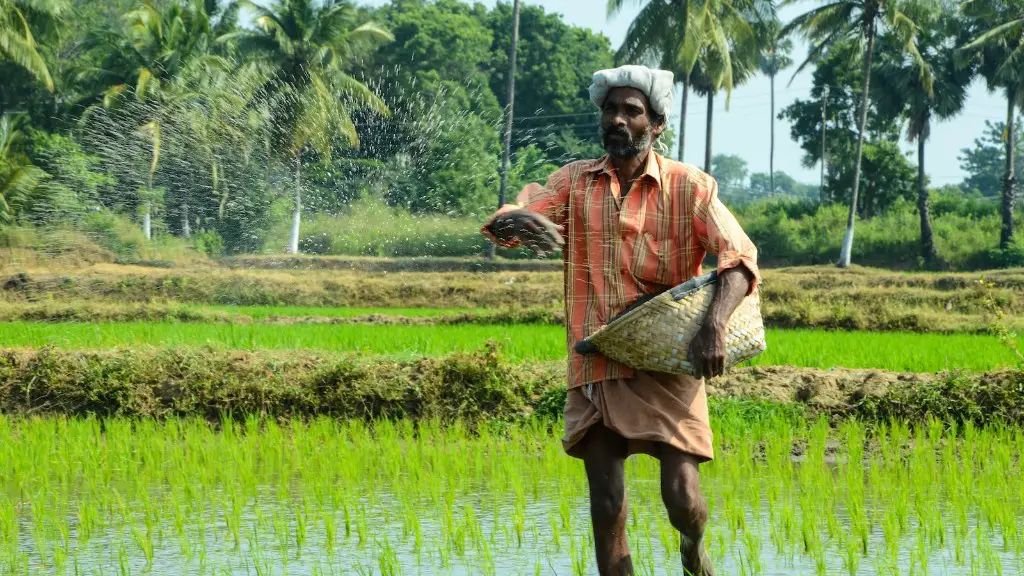Soil erosion has a direct and significant effect on agricultural production. It reduces the ability of the soil to absorb water, leading to an increase in runoff, which in turn leads to nutrient loss, decreased soil fertility, and weak crop yields. Even in the absence of significant precipitation, soil erosion can occur over time. Wind erosion, a common problem in arid and semi-arid regions, causes the soil to become compacted and stripped of valuable topsoil. This increases surface runoff, which reduces the ability of the soil to store water and renders it vulnerable to damage from wind, rain, and other weathering forces. In addition, soil erosion can lead to an increased sediment load in rivers and lakes, leading to increased turbidity, reduced water clarity, and decreased aquatic habitat.
The most direct consequence of soil erosion is the depletion of nutrient content in topsoil, which can adversely affect crop yields. Plants require a certain amount of nutrients such as nitrogen, phosphorus, and potassium in order to thrive; if the nutrients are not readily available in the soil, they must be added in the form of fertilizer. However, as erosion continues, not only is the nutrient content depleted, but the ability of the soil to retain the added nutrients is decreased. Also, as the soil layer is pushed away, the soil’s porosity decreases, meaning there is less space for water to pool and be absorbed.
In addition to the effect on nutrient and water content, soil erosion can also lead to other physical and chemical problems. Soil particles that are swept away in the runoff can deposit on other areas and form slippery layers, reducing soil stability, and thus increasing the risk of flooding. The presence of eroded soil particles in water sources can also cause changes in pH levels, making the water unfit for human or animal consumption. Furthermore, unstable soil can lead to more frequent landslides, as the land is not strong enough to withstand the weight of the soil particles.
Erosion also affects crop yields by decreasing the available amount of space for planting. Not only does this reduce the amount of land that can be used, but it can also lead to lower crop yields due to overcrowding and the decreased growing depth of the crops. This is especially true in hilly areas, where the soil has been more prone to erosion. As the level of erosion continues, the risk of landslides increases, leading to debris being carried out into the sea, further eroding the coastline, and thus increasing the risk of coastal flooding.
Overall, soil erosion can have a significant impact on agriculture, both directly and indirectly. As it continues over long periods of time, it leads to the loss of soil fertility, which in turn reduces crop yields. Furthermore, erosion can lead to physical issues such as flooding and landslides, as well as chemical problems such as changes in pH levels of water sources. In order to minimize the effects of erosion, farmers and governments should work together to implement strategies that aim to protect the soil and conserve the nutrients that it contains.
Measures to Combat Soil Erosion
In order to slow the pace at which soil erosion is occurring, it is important to take measures to prevent it before it begins. One way of doing this is to create terraces and contour planting, both of which are simple ways of reducing surface runoff. The terraces act as ridges, which divide sloped land into smaller plots, while contour planting is used to form rows of crops or plants in line with ridges. These two techniques both act as barriers to water runoff and help keep the soil in place. It is also important to reduce tillage, as this can disrupt the soil structure, leading to increased erosion.
The use of cover crops can also help to reduce soil erosion. As their name implies, these crops aid in the prevention of erosion by providing a soil cover. They are typically planted in the same area where crops are being grown, and they help to keep the soil in place by trapping nutrient-rich particles, which prevents them from leaving the soil due to runoff. In addition, cover crops help to improve the chemical properties of the soil, leading to improved crop production.
Another measure that can be taken to reduce soil erosion is to reduce the amount of fertilizer and chemical inputs into the soil. Excessive chemical inputs can contribute to soil erosion, as they increase surface runoff. Therefore, it is important to make sure that fertilizers and other inputs are used in moderation, as this will help to keep the soil in place and improve overall soil quality.
Finally, it is important to implement measures such as buffer strips, which are strips of vegetation along an area of soil that act as a barrier against runoff. These strips can be made of native plant species, which have deep roots that help to slow the speed at which water flows and trap nutrients that could otherwise be lost in runoff. It is also important to maintain the vegetative cover around the area, as this will help to reduce soil erosion, as well as provide shade that can help to reduce surface temperatures and counteract the effect of climate change.
Social Impacts of Soil Erosion
The negative impacts of soil erosion are not limited to the land alone, but extend to the people who depend on the land for their livelihood. Soil erosion can lead to reduced crop yields and decreased food security, leading to an increase in the number of people who suffer from hunger and malnutrition. This can also lead to an increased migration of people in search of a better life, leading to an increase in the number of refugees and internally displaced people.
In many parts of the world, soil erosion is also leading to increased water scarcity and quality. As the soil erodes, it often carries with it particles of eroded soil that can increase the turbidity levels in rivers and lakes. This increases the difficulty involved in accessing clean, safe drinking water, which can lead to a number of health issues due to contamination and reduced availability of water.
The effects of soil erosion can also be felt economically, as the loss of soil can decrease agricultural productivity, resulting in less food being produced and leading to an increase in food prices. This can have a direct impact on the people who rely on agriculture for their livelihood, as well as on businesses that rely on the agricultural sector for their income. Finally, soil erosion can also lead to increased sediment deposition in rivers, lakes, and other water sources, leading to increased turbidity, decreased water clarity, and decreased aquatic habitat.
Legislative Measures to Protect Soil Erosion
In order to reduce the impact of soil erosion, governments must implement measures that are both effective and sustainable. These measures should include the implementation of laws that protect the land from unsustainable activities such as unsustainable farming practices, overgrazing, deforestation, and other activities that can lead to soil erosion. Furthermore, there should be incentives for farmers and landowners to adopt regenerative practices that can help to protect the land, such as cover cropping, contour planting, and reducing tillage.
It is also important to ensure that regulations are strictly enforced in order to protect the soil. This includes the implementation of regulations on the transport of sediment within watersheds, the dredging of rivers and lakes, and the implementation of buffer zones along rivers and coastlines. Finally, there should be funding available to support the implementation of relevant measures to protect soil erosion, and governments should work with stakeholders to educate the public about the importance of soil conservation.
Economic Impacts of Soil Erosion
Soil erosion has a direct and significant effect on the agricultural sector, which in turn can have a knock-on effect on the wider economy. As the productivity of agricultural land decreases, so does the output of the agricultural sector, leading to reduced revenues for farms and related businesses. Furthermore, this can lead to increased costs for farmers and consumers, as farmers must purchase more inputs such as fertilizer in order to increase crop production.
In addition, the loss of soil can cause changes in the land, making it difficult to use it for other purposes such as building and infrastructure development. This reduces the value of the land, leading to lower revenues generated by the real estate sector. Furthermore, the economic impact of soil erosion is compounded by the fact that it often leads to increased flooding, which can cause extensive damage to both public and private property.
Finally, soil erosion can also lead to increased sediment deposition in water sources, leading to increased turbidity and decreased water clarity. This can make drinking water unsafe, leading to an increased demand for cleaner water and a decrease in the availability of water for agricultural and industrial uses. This can lead to a decrease in production from affected industries, leading to a decline in economic activity in the region.
The Role of Technology in Soil Erosion Prevention
Technology can play an important role in decreasing the impact of soil erosion on both the environment and the economy. For example, satellite monitoring can be used to monitor soil erosion in real-time, allowing land managers to adjust their practices accordingly. In addition, remote sensing technology can be used to identify areas that are prone to erosion, allowing land managers to apply preventive measures at the earliest opportunity.
In addition, drones can be used to monitor soil erosion in hard-to-reach areas or areas that are prone to rapid changes. They can be equipped with sensors to measure changes in soil moisture, vegetation cover, and other indicators of soil erosion. Furthermore, drones can be used for precision agriculture, which can help to reduce soil erosion by improving farmers’ ability to apply inputs such as fertilizer and water efficiently.
Finally, advanced computing technology can be used to simulate soil erosion and the impacts of different land management techniques. This can help to identify the most effective techniques for the prevention of soil erosion, as well as the most cost-efficient solutions. In addition, this technology can be used to identify areas that are more vulnerable to soil erosion, allowing land managers to take appropriate action to protect the land.
